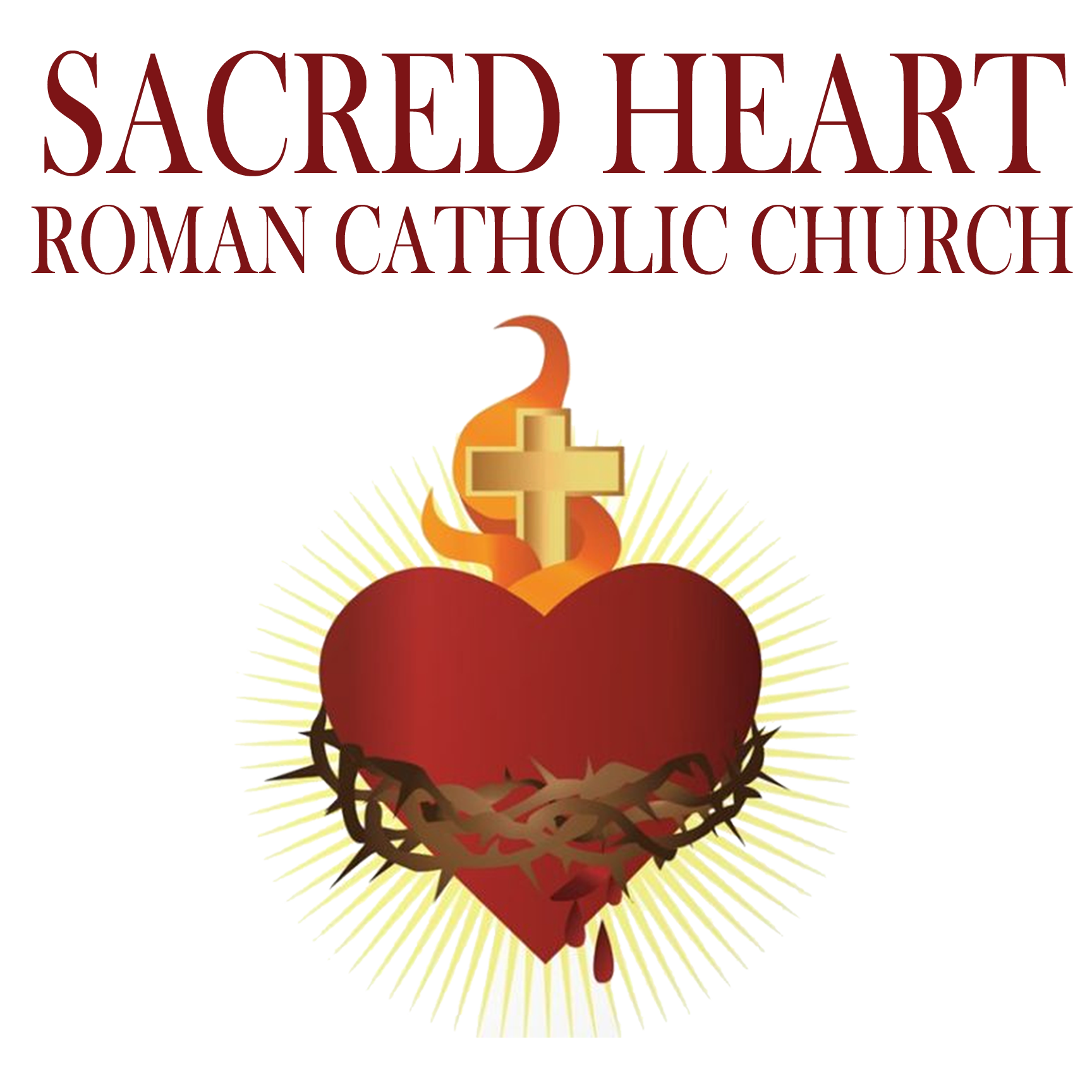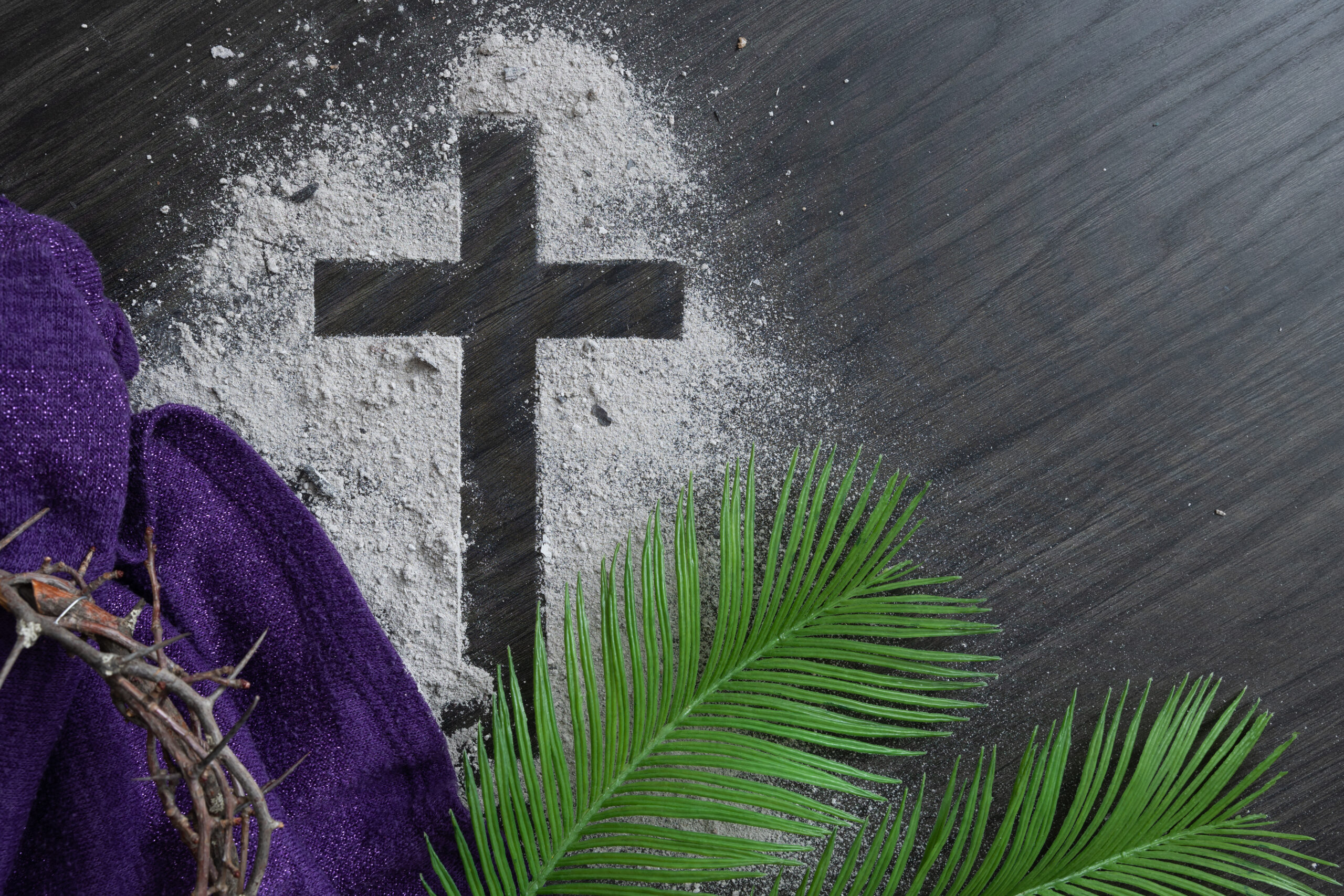Year C – Lent
Lent in the Catholic Liturgical Calendar
Lent is a solemn and penitential season in the Catholic liturgical calendar, lasting 40 days (excluding Sundays) and leading up to Easter. It is a time of prayer, fasting, and almsgiving, intended to prepare the faithful for the celebration of Christ’s Passion, Death, and Resurrection. Lent mirrors the 40 days Jesus spent fasting in the desert before beginning His public ministry, emphasizing repentance, spiritual discipline, and renewal.
When Does Lent Begin and End?
Lent begins on Ash Wednesday, a day of fasting and repentance when Catholics receive ashes on their foreheads as a sign of mortality and the need for conversion. The season concludes with the Sacred Triduum—Holy Thursday, Good Friday, and Holy Saturday—culminating in the Easter Vigil, which marks the beginning of Easter.
Liturgical Color
The color associated with Lent is purple, signifying penance, sacrifice, and preparation. This color is also used during Advent, but while Advent is a season of joyful anticipation, Lent has a more solemn and introspective tone.
Key Practices of Lent
Lent is marked by three primary spiritual disciplines:
- Prayer – Deepening one’s relationship with God through personal and communal prayer, including the Rosary, Stations of the Cross, and Eucharistic Adoration.
- Fasting – Catholics over the age of 18 and under 59 are required to fast on Ash Wednesday and Good Friday, consuming only one full meal and two smaller meals that do not equal a full meal. Abstinence from meat is required on all Fridays of Lent.
- Almsgiving – Acts of charity and generosity, such as giving to the poor, supporting charitable organizations, and performing works of mercy.
Major Liturgical Moments in Lent
- Ash Wednesday – The start of Lent, marked by the distribution of ashes with the words, “Remember that you are dust, and to dust you shall return.”
- Sundays of Lent – Each Sunday features Gospel readings that highlight key moments in Christ’s journey toward the Cross, such as His temptation in the desert and the Transfiguration.
- Laetare Sunday (Fourth Sunday of Lent) – A day of joyful anticipation of Easter, marked by rose-colored vestments instead of purple.
- Holy Week – The final week of Lent, beginning with Palm Sunday and leading to the Sacred Triduum, commemorating Christ’s Passion and Death.
Spiritual Importance
Lent is a call to conversion, urging Catholics to examine their lives, repent of sin, and grow closer to God. It is a time of self-denial, but also of renewal, as the faithful prepare their hearts to fully experience the joy of Christ’s Resurrection on Easter Sunday.
Through prayer, fasting, and almsgiving, Lent helps Catholics enter more deeply into the mystery of salvation, transforming their lives and strengthening their faith. cultivated in the ordinary moments of life through prayer, service, and living out the Gospel.


